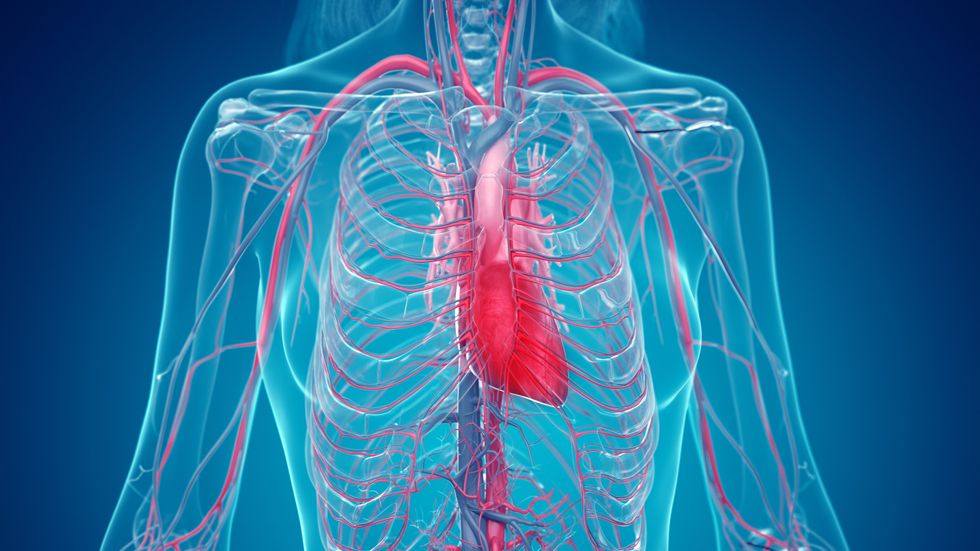'Wake-up call' as silent artery damage linked to hidden 'kind of fat' - even in individuals who look fit

'Skinny fat' individuals may be at higher risk of hidden arterial damage, scientists have cautioned
Don't Miss
Most Read
Concealed fat deposits surrounding internal organs and within the liver can inflict arterial damage, including in individuals who seem physically fit, according to research from McMaster University.
The investigation, published in Communications Medicine, examined more than 33,000 participants and demonstrated that these internal fat accumulations independently contribute to cardiovascular disease.
The findings throw into question the conventional use of body mass index for evaluating obesity-related health risks.
Scientists discovered that visceral adipose tissue and hepatic fat accumulation directly correlate with arterial wall thickening and plaque formation in neck vessels.
TRENDING
Stories
Videos
Your Say

Visceral fat may directly correlate with arterial wall thickening
|GETTY
The changes occur regardless of established cardiovascular risk indicators, suggesting current assessment methods may overlook significant health threats.
The investigation employed sophisticated MRI technology to examine participants from two extensive research programmes: the Canadian Alliance for Healthy Hearts and Minds and the UK Biobank.
Scientists measured fat deposits and evaluated arterial conditions through detailed imaging.
Their analysis revealed that visceral adipose tissue showed the strongest correlation with carotid plaque accumulation and vessel wall thickening. Hepatic fat demonstrated a less pronounced yet notable connection to arterial deterioration.
These relationships persisted even when researchers accounted for lifestyle elements and metabolic risk indicators.
The carotid vessels examined are crucial for brain blood supply, and their deterioration serves as a significant indicator for stroke and cardiac events.
"This study shows that even after accounting for traditional cardiovascular risk factors like cholesterol and blood pressure, visceral and liver fat still contribute to artery damage," stated Russell de Souza, the investigation's co-lead author and associate professor in McMaster's Department of Health Research Methods, Evidence, and Impact.
"The findings are a wake-up call for clinicians and the public alike," de Souza emphasised.
LATEST DEVELOPMENTS

Liver fat can contribute to artery damage
|GETTY
The research carries significant consequences for medical practice, suggesting physicians must look beyond standard measurements like BMI and waist size.
Advanced imaging techniques may prove essential for identifying dangerous fat deposits.
"You can't always tell by looking at someone whether they have visceral or liver fat," explained Sonia Anand, the study's corresponding author, vascular medicine specialist at Hamilton Health Sciences and professor at McMaster's Department of Medicine.
"This kind of fat is metabolically active and dangerous; it's linked to inflammation and artery damage even in people who aren't visibly overweight. That's why it's so important to rethink how we assess obesity and cardiovascular risk," Anand noted.
Our Standards: The GB News Editorial Charter











